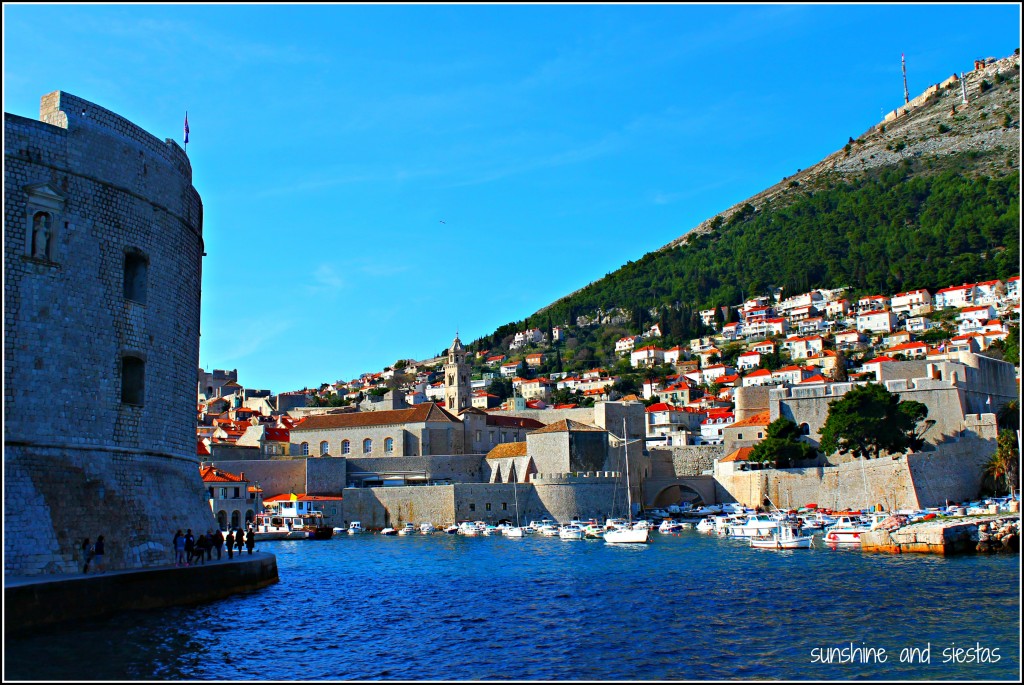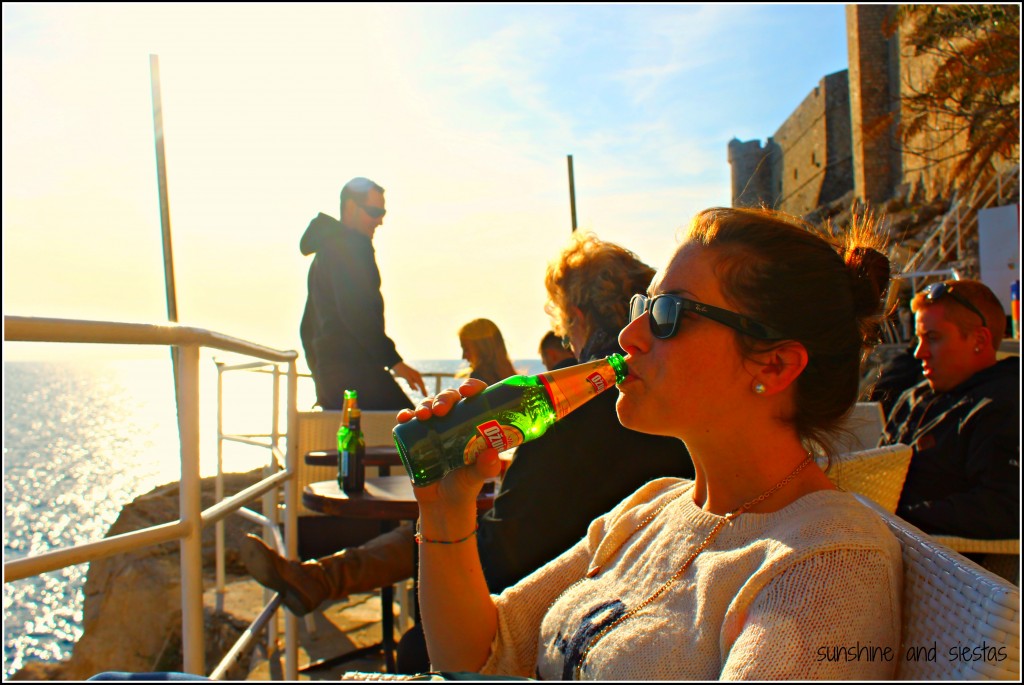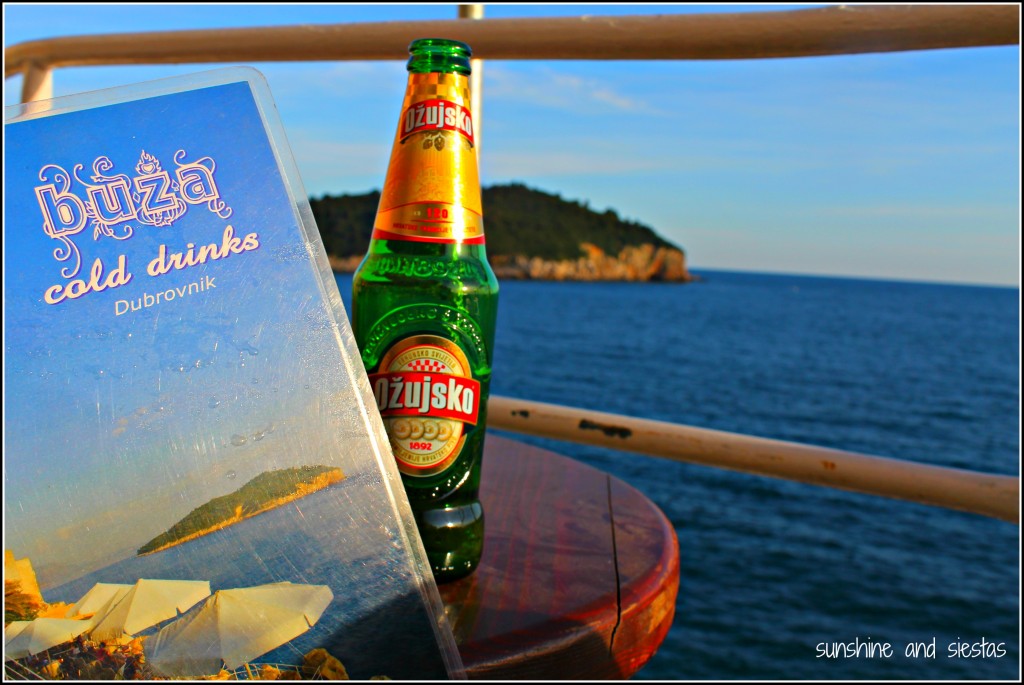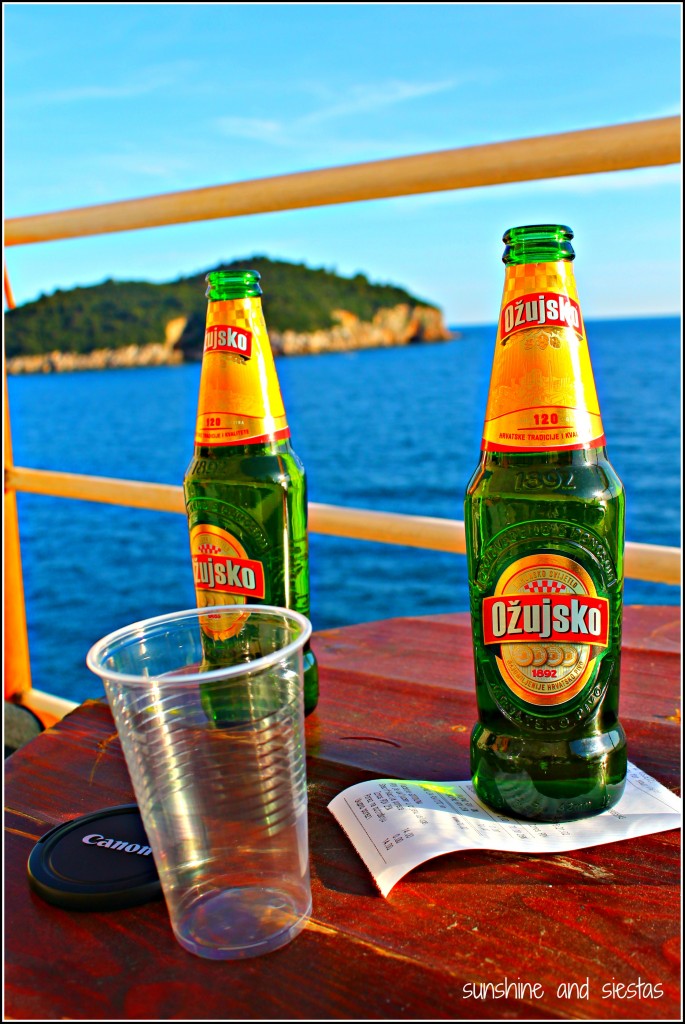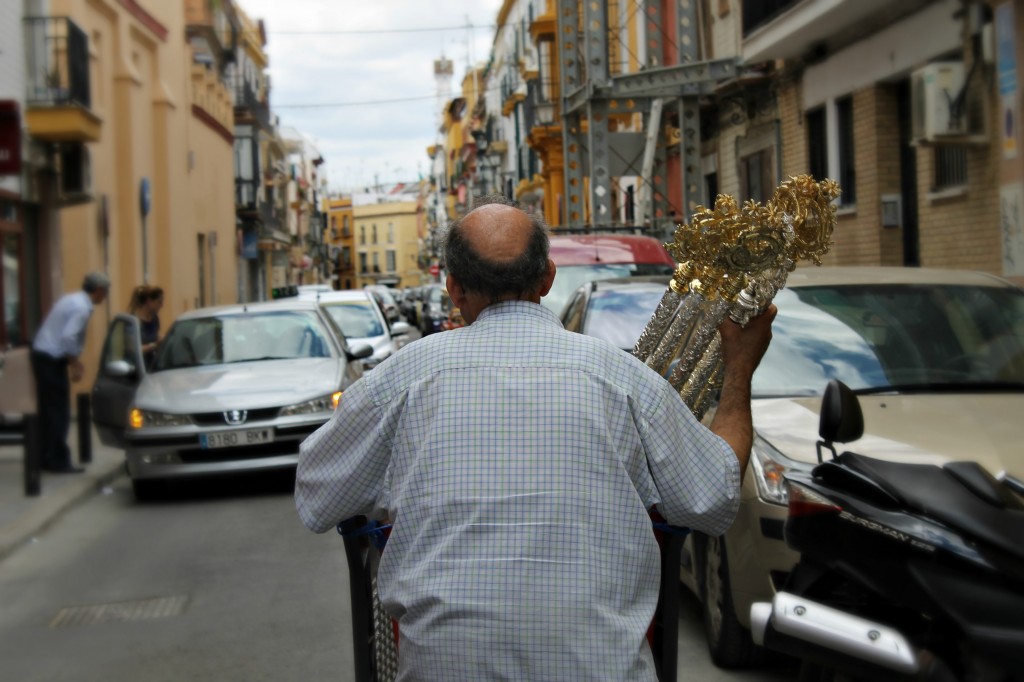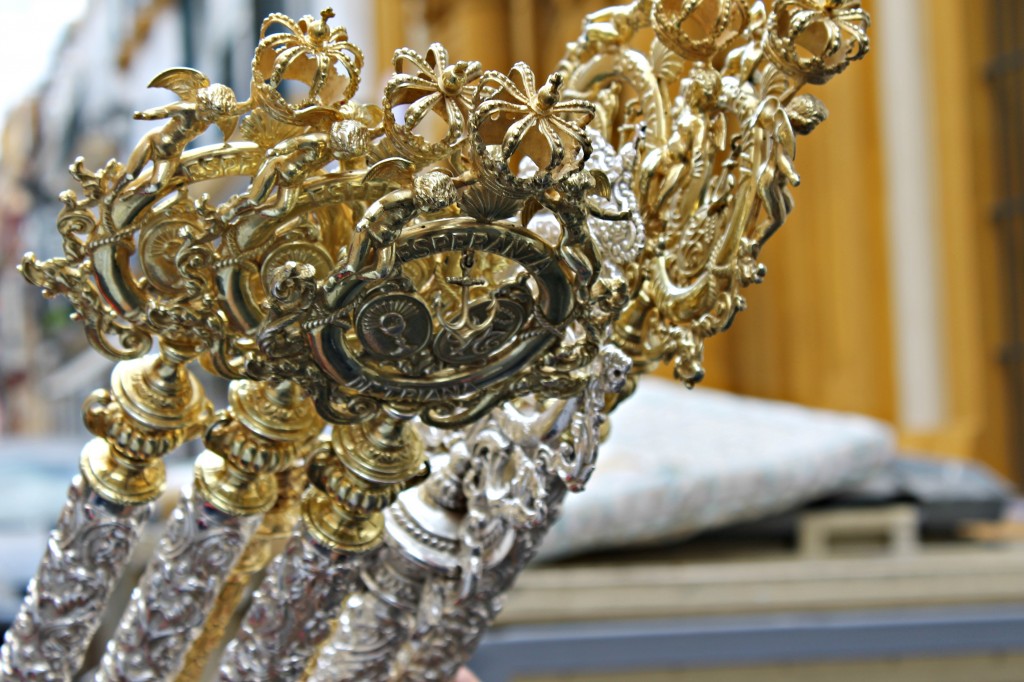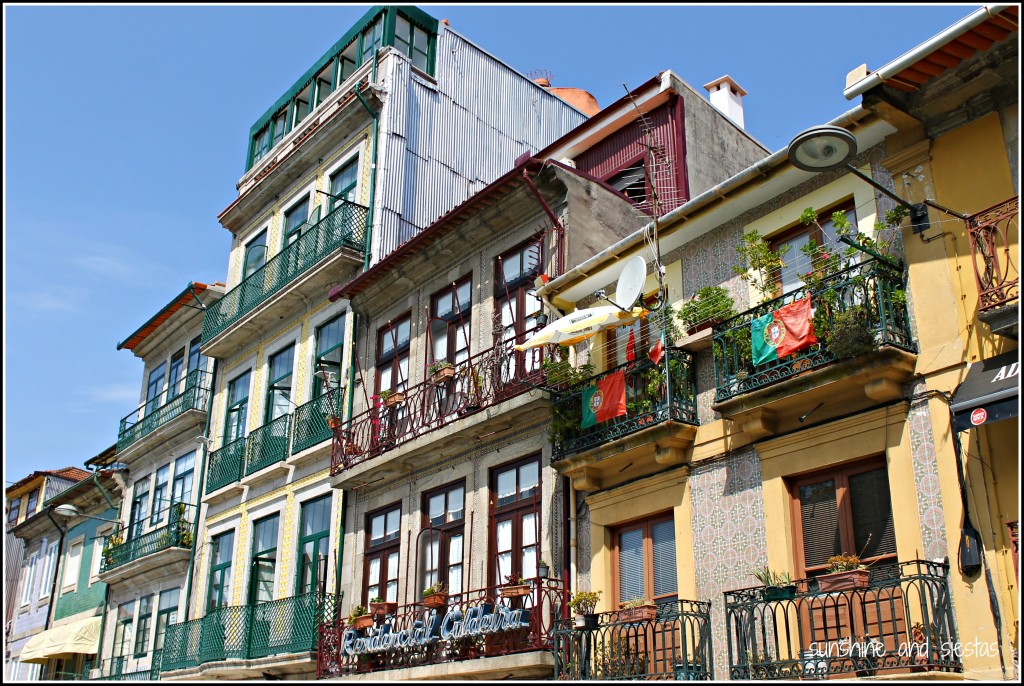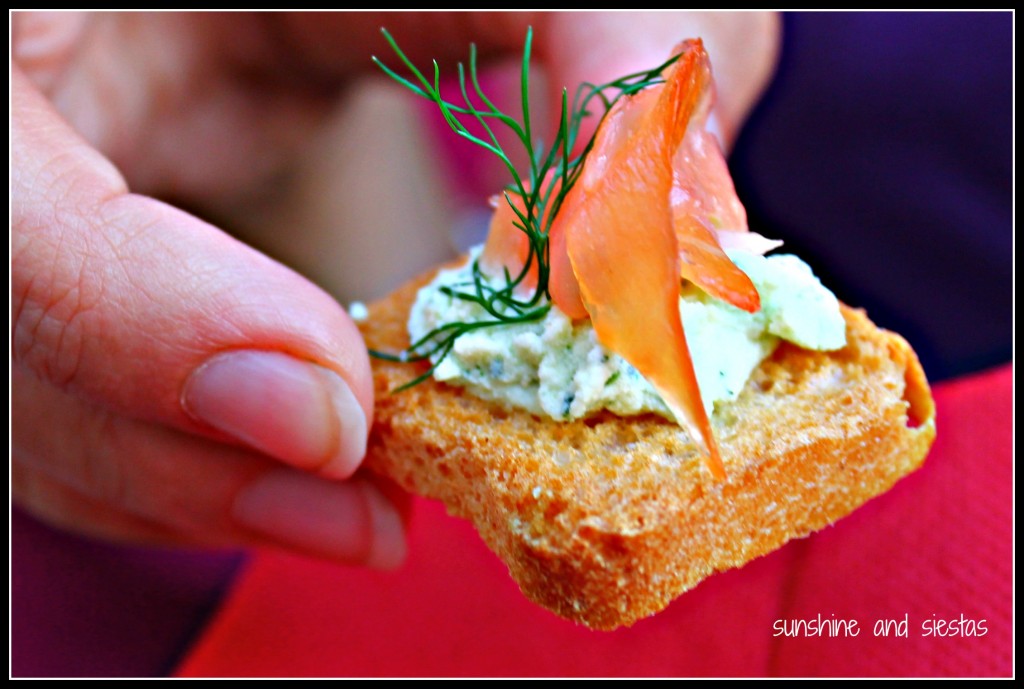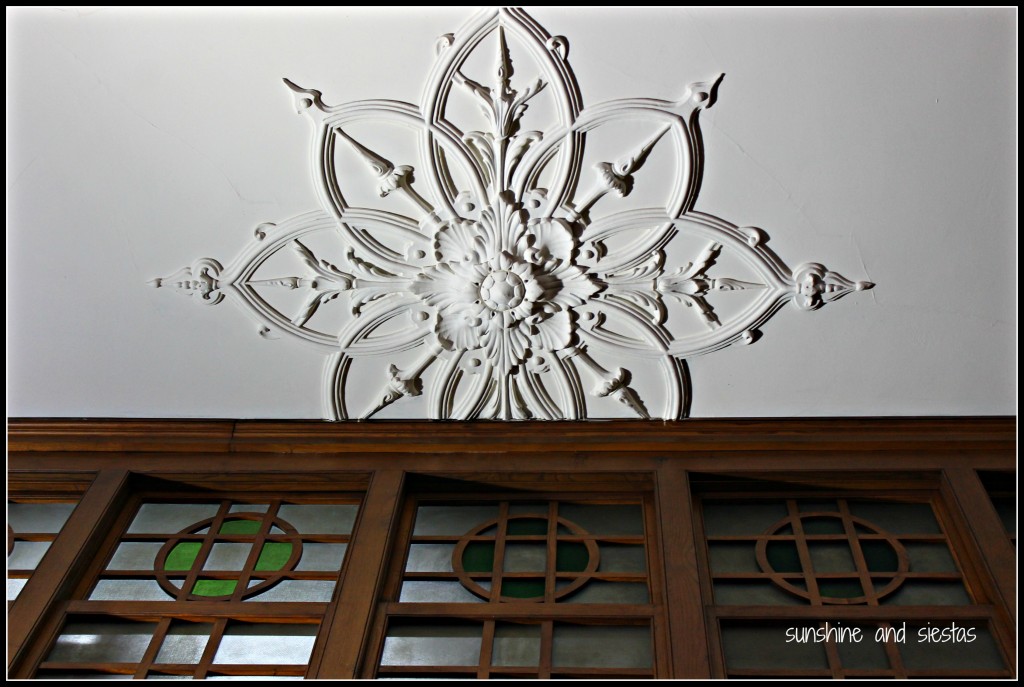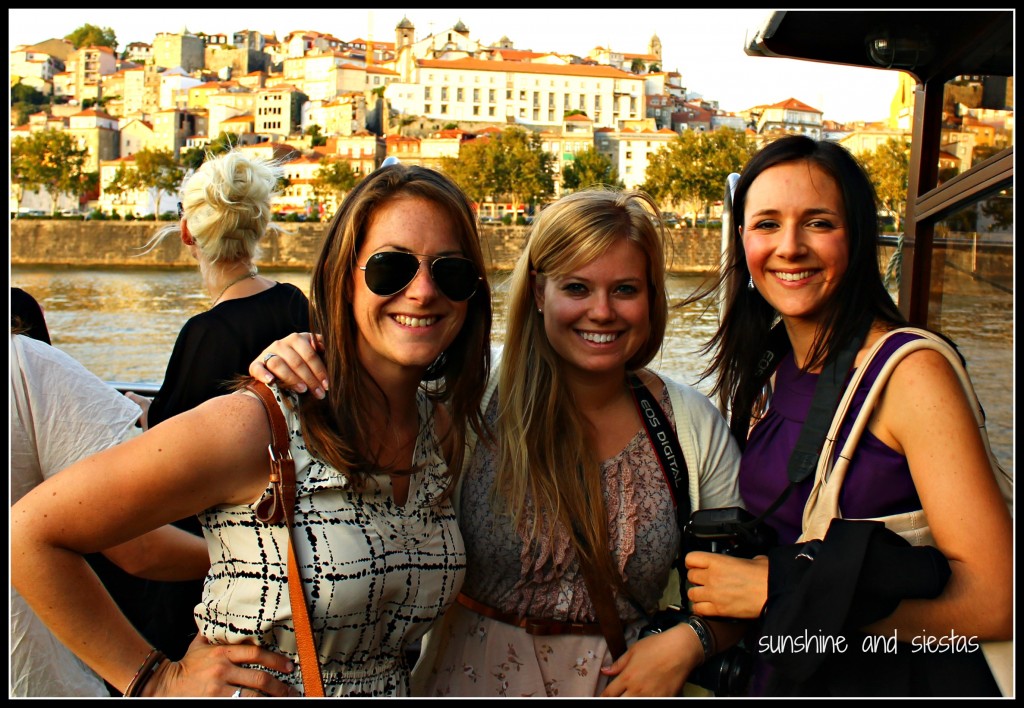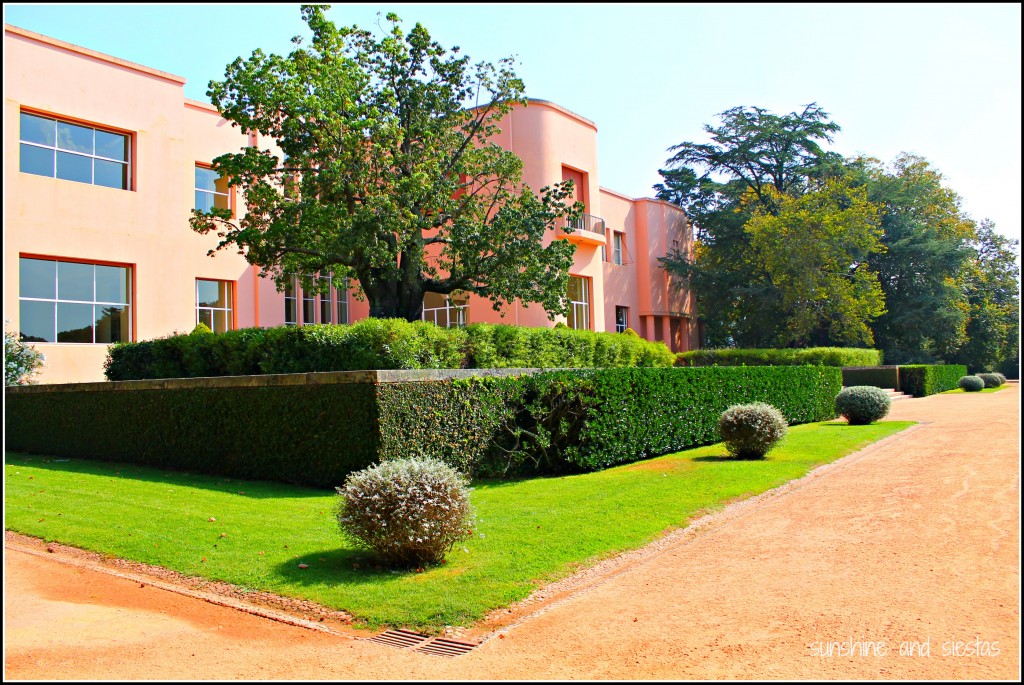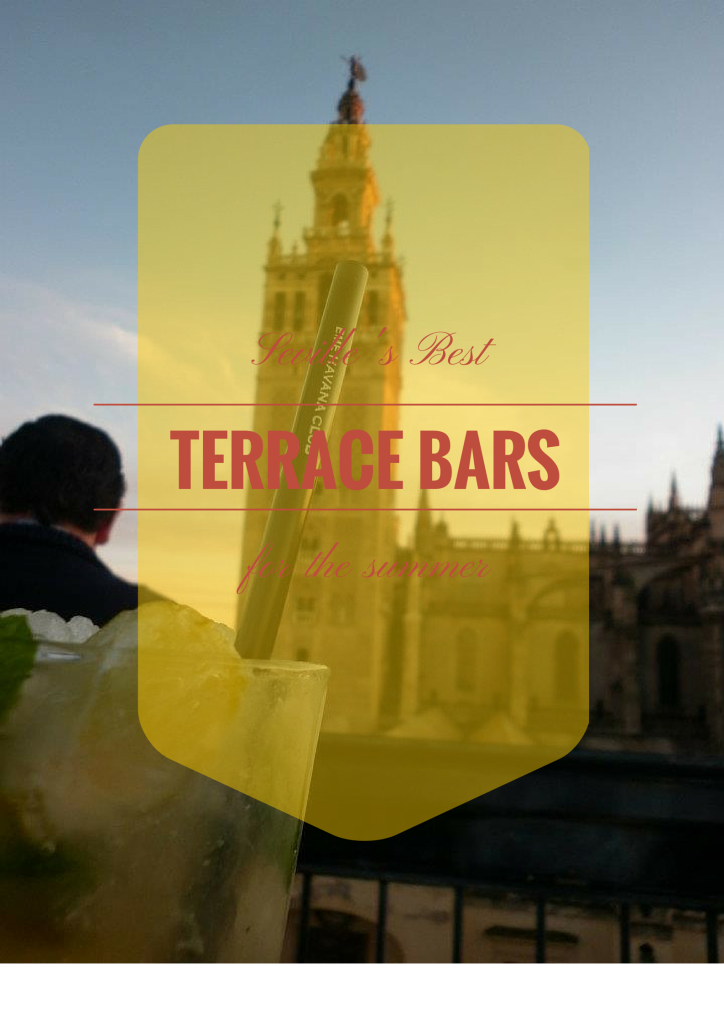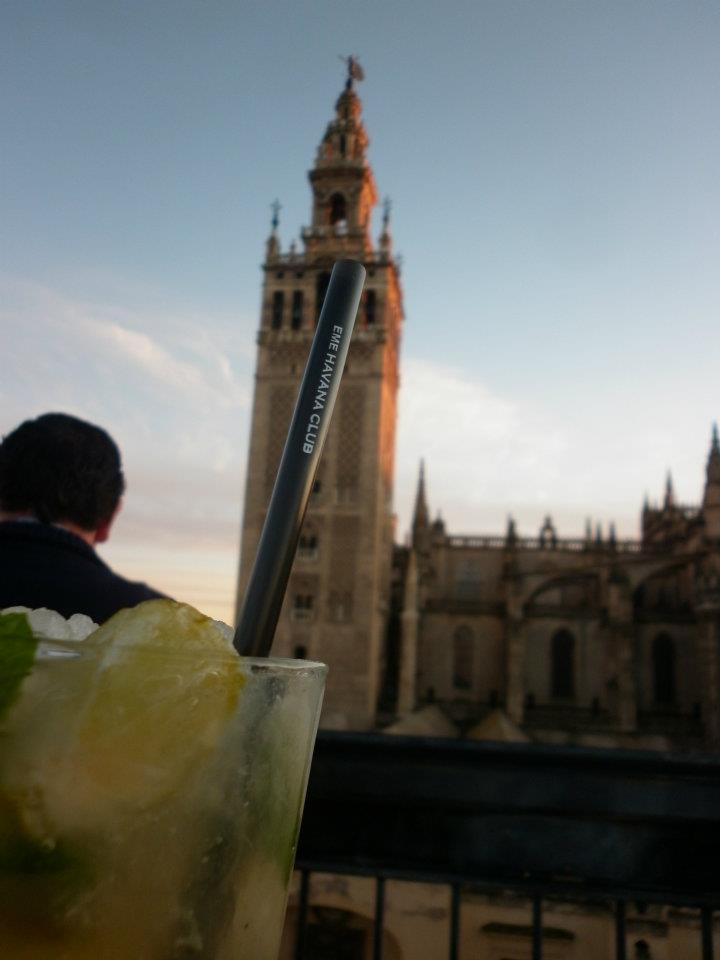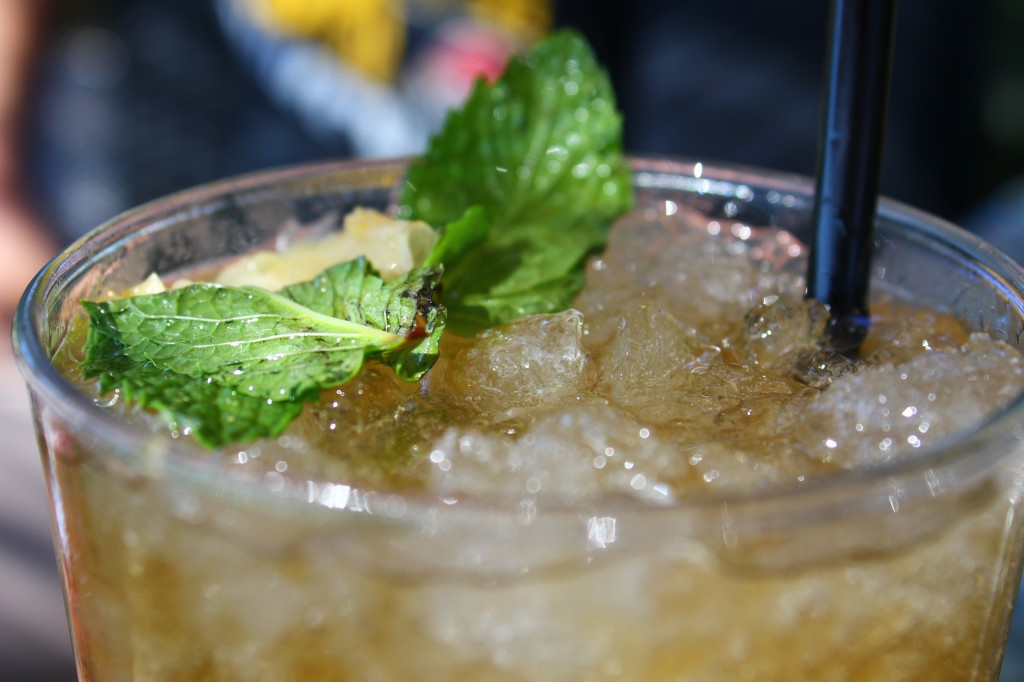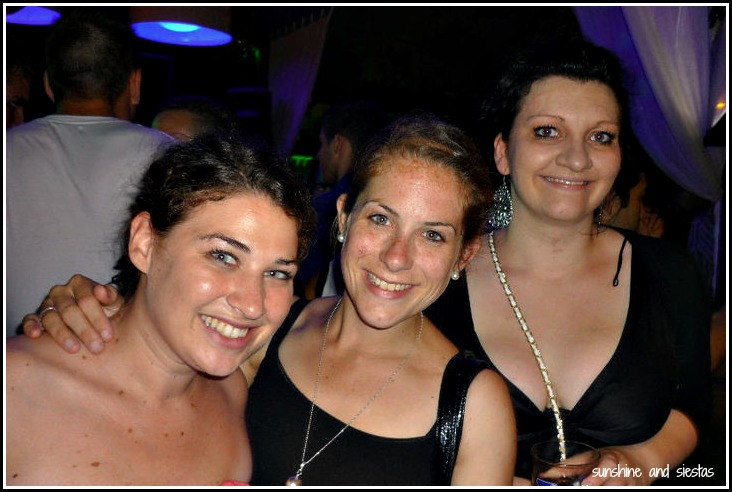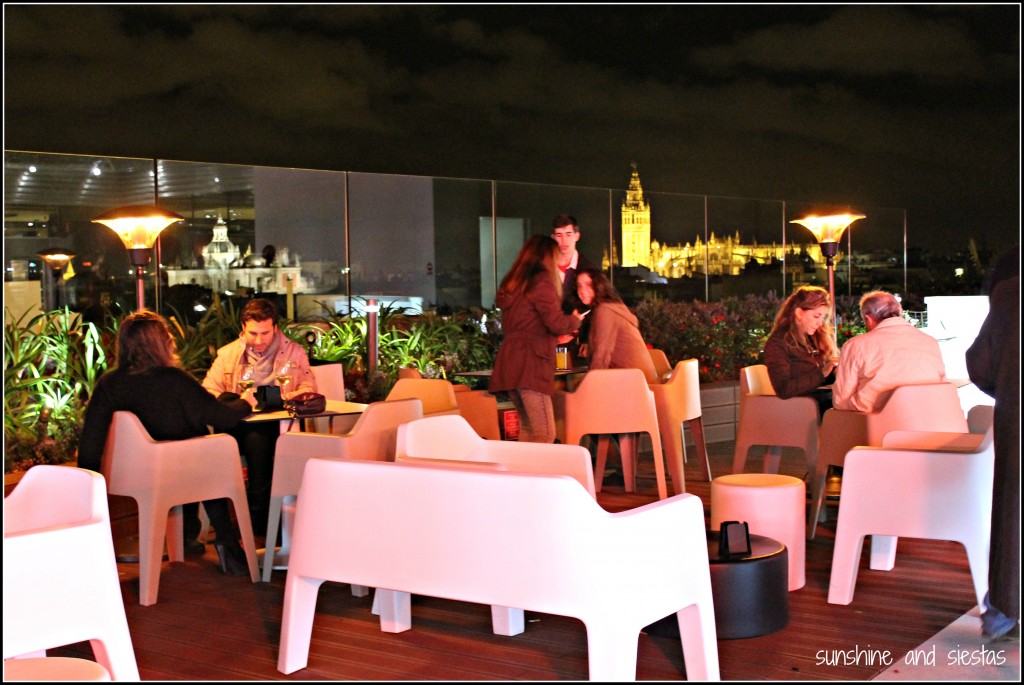It’s not everyday that the book you’re reading mentions that bar/coffeehouse/pub where you’re reading it at. The words screamed off the page: COLD DRINKS WITH THE MOST BEAUTIFUL VIEWS! My bottle of Ožujsko wasn’t that cold, but glancing out over the pristine Adriatic coastline and the plush electric green island of Lokrum and could coincide with at least one of those statements.
The word buza in local tongue quite literally means hole, and the place was advertised in our hostel as literally being a hole in the wall – a hole in the famous city walls, that is. The city center is extremely small – you can see everything in a day or so – so we figured a leisurely walk around the city center with cameras in tow would eventually lead us to one of the only bars that’s open in the off-season. Traipsing around the beautifullly restored fortifications, we quite literally ran into a wall – we could see the bar, but we couldn’t actually access it.
Wanting to check out the COLD DRINKS after walking around all afternoon and enjoy them with THE MOST BEAUTIFUL VIEWS, we wound our way up the streep staircases on the western side of the city. The bar was sparse, just some chipping and rusted handrails and some plastic chairs with rickety tables. Our beer came with plastic cups and cost a whopping 35 kuna, or about 5€, each.
The day was clear but beautiful for a late March day, so we pulled out our e-books and sipped our Ožujsko as slowly as possible. When the words of Beer in the Balkans, a tongue-in-cheek quest for cheap beer throughout the Ex-Yu, jumped out at me, I signaled the waitress for another round. Who can say no to a Croatian sunset and a warm beer?
Have you ever been to Buza Bar? Do you think it’s got the MOST BEAUTIFUL VIEWS IN THE WORLD? For more information and seasonal opening hours, check out the bar’s website.
